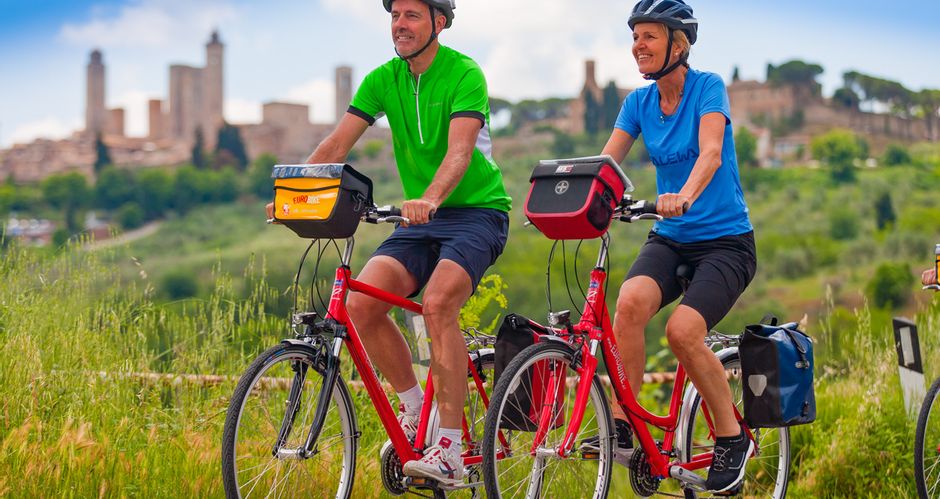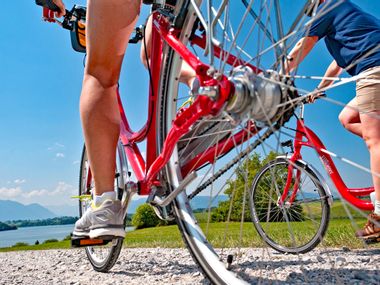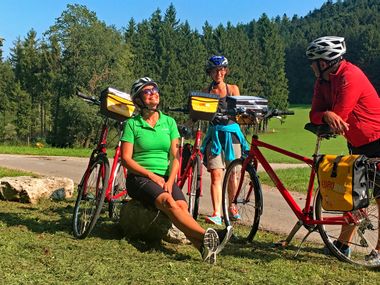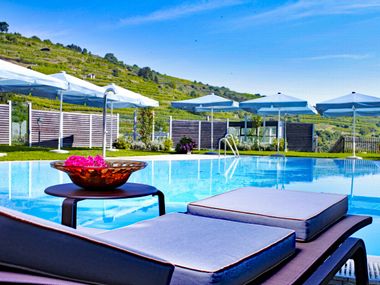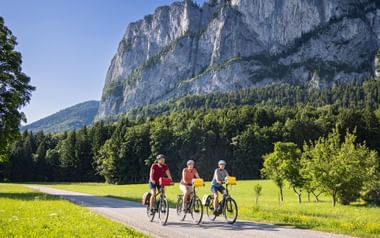We do not need to tell you that cycling has many advantages. Cycling is a jack of all trades that not only works the cardiovascular system but also gently moves the joints and builds muscle. The fresh air, the sunshine and the interplay of cool and warm temperatures also fuel our immune system and has an extremely positive effect on our health. Which muscles are particularly helped by cycling, how effective the sport really is and what you should pay attention to to avoid sore muscles…you can find out here. Stay tuned and learn something you might not know about your favourite hobby.
Cycling and its positive effect on our muscles
